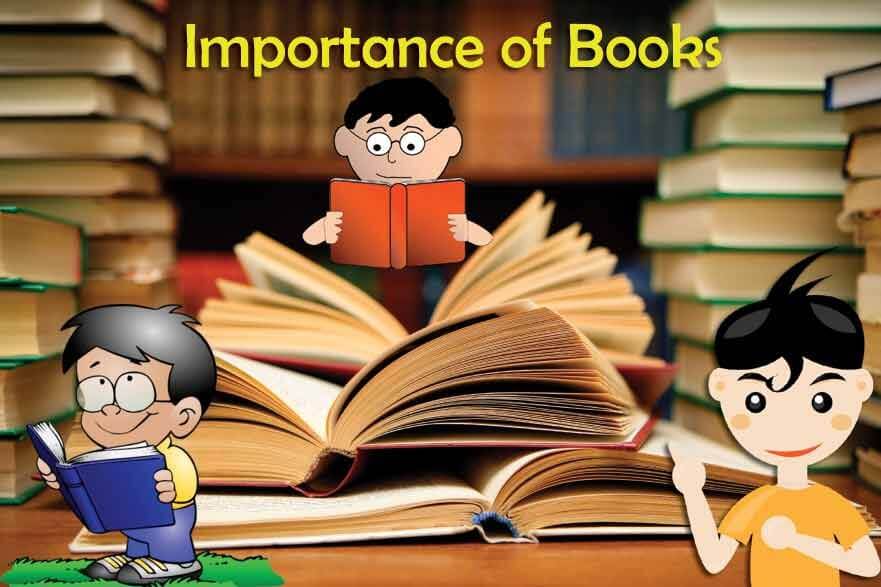The Educators Handbook a Comprehensive Guide to Teaching Excellence

An “Educators Handbook” typically refers to a comprehensive direct or manual planned to help teachers, teachers, and educators in different instructive settings. The substance of an “Educators Handbook” can vary widely depending on its expected audience, whether it’s pointed at K-12 instructors, higher education teachers, or educators in other specialized areas. It may also be particular to a specific subject region or educational setting.
As a teacher educator, you’re (or were) distinguished as a valid specialist in your given community of home. As an early career teacher educator, there’s an assumption that the move from your effective past position, in a related community of practice, to that of a scholarly educator will happen through a preparation of osmosis or intuitively learning in situ.
Handbook for Educator Teachers contains chapters composed by experienced worldwide teacher educators who draw on their involvement and mastery to assist early career teacher educators in getting ready for a few of the requests, challenges, and rewards.
The chapters examine a few of the habits inherent to the calling and give an understanding of methods and homes that are consistent with core proficient desires and proficient values. In substance, in case you’re an early career instructor teacher, what is valuable to know in order to create a personality as a learned talented educator teacher?
Understanding the Foundations of Education
- Overview of educational theories and their application in the classroom
- Understanding different learning styles and intelligences
- The role of psychology in education
- Historical perspectives on education and how they influence current practices
Curriculum Design and Lesson Planning
- Principles of curriculum development
- Strategies for effective lesson planning
- Differentiated instruction to meet diverse learner needs
- Incorporating critical thinking and problem-solving skills into the curriculum
Classroom Management
- Creating a positive learning environment
- Strategies for managing classroom behaviors
- Building classroom community
- Effective use of classroom space and resources
Instructional Strategies for Engaging Students
- Active learning techniques
- Collaborative learning and group work
- Using technology to enhance learning
- Methods for motivating students
Assessment and Evaluation
- Formative and summative assessment strategies
- Designing effective tests and quizzes
- Alternative assessment methods
- Using assessment data to improve instruction
Integrating Technology in Education
- Overview of educational technology tools and resources
- Blended and online learning models
- Digital literacy for teachers and students
- Ensuring equitable access to technology
Supporting Diverse Learners
- Strategies for teaching students with special needs
- Cultural responsiveness in teaching
- Supporting English Language Learners (ELLs)
- Addressing socioeconomic and other barriers to learning
Professional Development and Lifelong Learning
- Identifying professional development opportunities
- Building a professional learning network
- Reflective practice and self-assessment
- Staying current with educational research and trends
Communication and Collaboration
- Effective communication with students, parents, and colleagues
- Building partnerships with families and the community
- Collaborating with other professionals and specialists
- Leadership roles for teachers within the school and the wider community
Legal and Ethical Considerations in Education
- Understanding educators’ legal responsibilities and rights
- Ethical teaching practices
- Navigating confidentiality and privacy issues
- Advocating for students and the profession
Appendices
- Templates for lesson plans, assessment rubrics, and communication with parents
- List of resources for further reading and professional development
- Glossary of educational terms and acronyms
- Technology tools and how-to guides for integrating them into teaching
“The Educator’s Handbook: A Comprehensive Guide to Teaching Excellence” would be an invaluable reference, offering theoretical insights, practical advice, and resources to empower educators to continually improve their practice, adapt to the changing landscape of education, and meet the needs of their students effectively.
Introduction to Teaching Excellence
An “Introduction to Teaching Excellence” typically refers to a foundational direction or diagram pointed at teachers who are starting their journey toward becoming compelling and uncommon instructors. This presentation serves as a beginning point for understanding the standards, techniques, and attitudes related to educating greatness. Here is a layout of what such a presentation might cover:
Understanding Teaching Excellence:
Characterizing what teaching excellence implies within the setting of instruction.
Emphasizing the significance of high-quality instructing in understudy victory.
The Role of Teachers:
Examining the essential part that instructors play in forming students’ lives and prospects.
Highlighting the duties and desires related to educating.
Pedagogical Foundations:
Investigating fundamental concepts in education, such as learning speculations and guidelines.
Talking about the effect of distinctive educating approaches on understudy engagement and accomplishment.
Classroom Management:
Presenting procedures for keeping up arrangements and making a conducive learning environment.
Tending to common challenges related to classroom management.
Student-Centered Teaching:
Pushing for student-centered educational practices that center on personal learning needs.
Examining dynamic learning, gathering work, and other student-centered strategies.
Assessment and Feedback:
Clarifying the part of assessment in gauging student progress.
Giving experiences into providing valuable feedback that supports student development.
Ethical Considerations:
Talking about ethical issues that teachers may experience and the significance of ethical decision-making.
Reflective Practice:
Empowering instructors to lock in self-reflection and self-assessment of their teaching practices.
Focusing on the value of progressing enhancement.
Resources for Further Learning:
Giving a list of suggested books, websites, and organizations for teachers looking to dig more profound into educating brilliance.
Teaching Philosophy
A teaching philosophy could be a brief explanation that reflects an educator’s central beliefs, values, and standards with respect to teaching and learning. It serves as a direction for their directions, practices, and classroom approach. Well-defined instructing reasoning makes a difference teachers adjust their strategies with their objectives, cultivating viable and meaningful education.
Classroom Management
Classroom management refers to the techniques and methods that teachers utilize to make a positive and beneficial learning environment. It includes keeping up arrangements, guaranteeing student engagement, and advancing a conducive environment for teaching and learning. Compelling classroom management includes setting up rules, schedules, and teaching while sustaining a conscious and comprehensive classroom community. It plays a basic part in upgrading student results and cultivating an effective educational experience.
Assessment
The method of assessment includes the collection of data with respect to student learning. It is utilized to assess how viable students are in understanding the subject matter, spot any zones where they require advanced help, and make judgments with respect to instruction. In spite of the fact that there are numerous different sorts of assessments, a few of the foremost well-known ones are as follows:
Tests
Projects
Presentations
Observations
The Importance of Relationships
One of the foremost crucial things you’ll do as an instructor is to create connections with your students. Solid interpersonal ties contribute to the improvement of a welcoming and supportive learning environment and can improve understudy learning. Here are a few pointers for creating close bonds with your students:
Get to know each student actually.
Be approachable and friendly.
Appear an interest in the suppositions of your understudies.
Be strong and empowering.
Be reasonable and reliable.
The Joy of Teaching
In spite of the fact that it may be difficult at times, being an educator is additionally tremendously gratifying. Nothing compares to the fulfillment of watching an understudy create. You’ll succeed as a teacher in case you’ve got a solid commitment to instruction and are arranged to put in a part of exertion.
Creating a Positive Learning Environment
A climate that makes children feel secure, valued, and supported is conducive to learning. They can take chances there, make botches, and develop from them. The taking after exhortation will assist you in making an inviting learning environment:
Be clear approximately your expectations for behavior.
Need understanding and understanding.
The reasonable and reliable.
Celebrate understudy successes.
Using Technology in the Classroom
Technology is a compelling instrument for education. It can be used to lock in students in learning, conduct instruction, and offer feedback. For utilizing technology within the classroom, consider these suggestions:
Select the correct technology for the task.
Make certain that students are tech-savvy.
Give clear information and expectations.
Utilize technology to support conventional education, not to replace it.
Staying Motivated
It’s basic for teachers to preserve their motivation, particularly while dealing with troubles. You will keep up your motivation by paying attention to the taking after advice:
Set objectives for yourself and your students.
Enjoy your achievement, no matter how small.
Discover a guide or workmate who can offer assistance.
Remain updated on the latest research and best homes.
Keep in mind your unique motivation for becoming an educator.
These are just many of the subjects that can be secured in a manual for instructors. Depending on the prerequisites of the teachers who would utilize it, the handbook’s particular substance would alter. The point of each chapter would be to help teachers succeed in their line of work, all things considered.
Conclusion
In conclusion, teaching excellence includes a multifaceted approach that envelops different viewpoints such as pedagogy, communication, classroom management, assessment, inclusivity, and progressing proficient advancement. Strong teaching reasoning serves as a foundational direction for educators as they explore the complex and fulfilling travel of educating.
Moreover, compelling classroom administration is fundamental for making a conducive learning environment. By combining these components and ceaselessly reflecting on their phones, teachers can endeavor to supply high-quality instruction and have a positive effect on their students’ lives.



